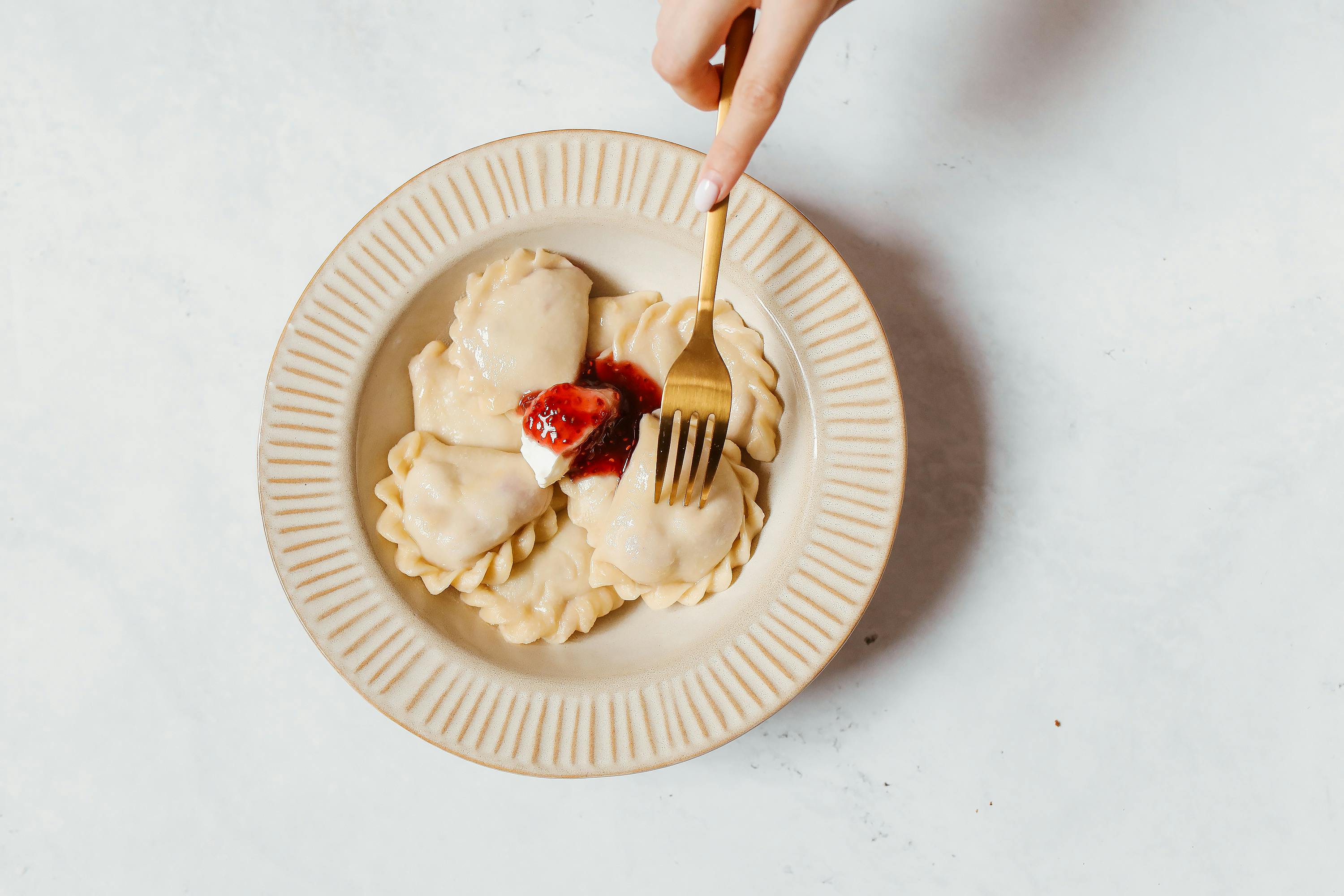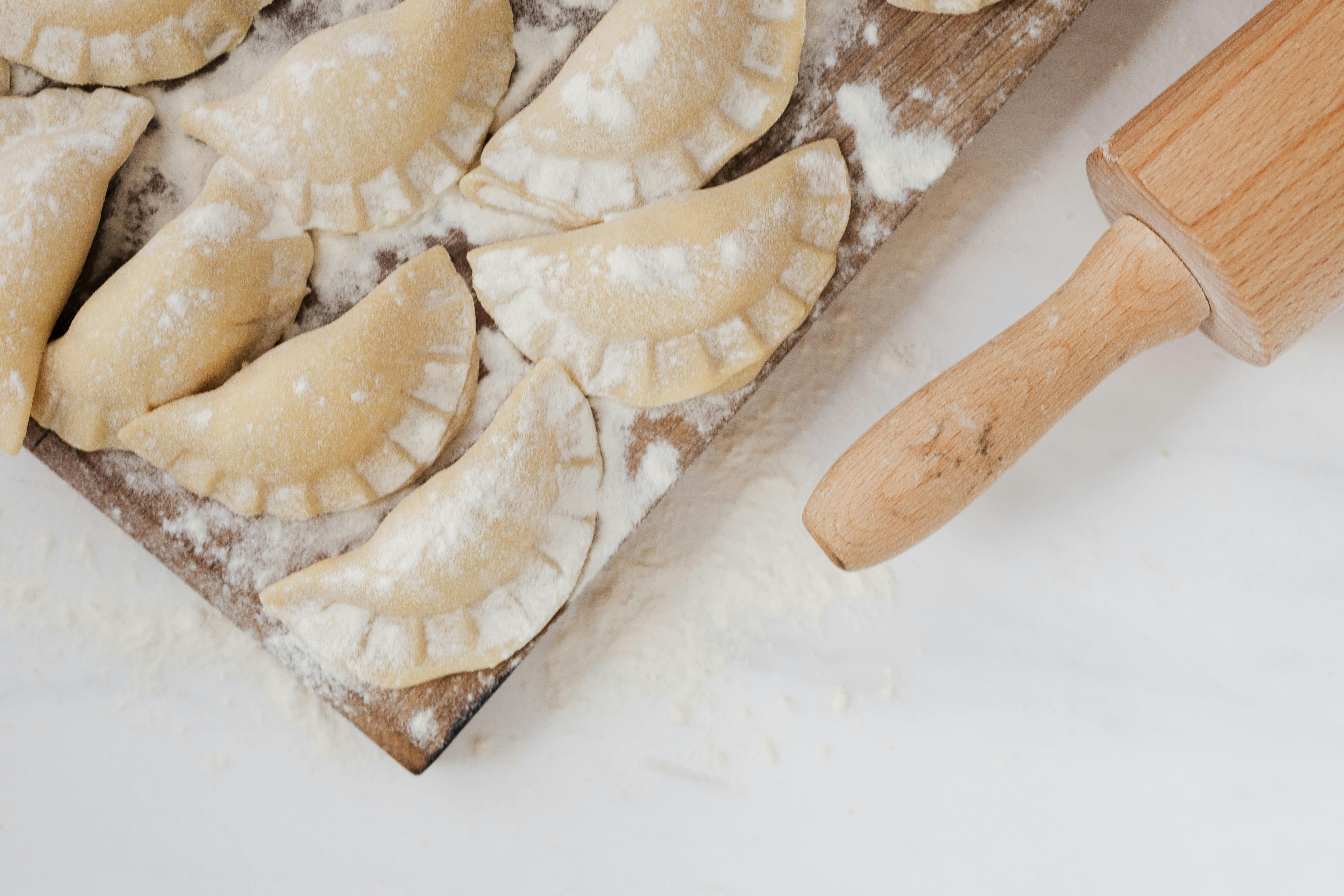Poland Wine Pairing: Chef Secrets That Transform Pierogi Dishes
It’s 2025, and while everyone seems to be talking about plant-based cuisine or Japanese fusion, I’m continuously drawn back to Poland—not just for the stunning Baltic beaches or vibrant old towns, but for the plain, honest comfort of pierogi. If you’re picturing the country’s classic dumplings filled with potatoes and cheese or wild mushrooms, you’re right. But here’s what really strikes me: leading Polish chefs have quietly pushed the envelope, pairing wines (yes, from both Poland and beyond) with these humble parcels, crafting culinary experiences that defy tourist clichés1.
Now, before anyone rolls their eyes and says, “Pierogi and wine? Give me a cold piwo (beer) and call it a day!”—trust me, I’ve sat in on more than a few lively chef roundtables where even skeptics were won over. Top restaurateurs in Kraków and Warsaw have spent years perfecting pairings that highlight not only the classic flavors, but the wild mushroom earthiness or rich, caramelized onions traditional to the best pierogi. My goal in this post: break down the science and art of wine pairing with pierogi as done by true insiders, using real chef breakthroughs, regional secrets, and practical advice you can actually use. It’s not about being posh—it’s about genuine elevation of food through considered pairing, seasonality, and a little bit of curiosity.
Introduction: Why Pair Wine With Pierogi?
Ever notice how some traditions seem immune to experimentation—until someone comes along and rewrites the rules? In Polish households, pierogi have been the anchor of Christmas feasts, weddings, and everyday lunches for centuries2. Yet, until recently, wine pairing was rare. Historically, beer or kvass ruled. So what changed?
For me, the shift felt real in the last five years, as Polish wineries blossomed and local chefs returned from international stints inspired by nouvelle cuisine. Suddenly, pierogi weren’t just napkin-grab meals—they became the canvas for finesse, balance, and newly discovered terroir. Is wine pairing with pierogi a marketing gimmick? From what I’ve seen, tasted, and discussed with Polish food experts—it’s a genuine revolution, challenging everything we thought we knew about pairing rules3.
“Pairing wine with pierogi is not about elevating the dish—it’s about honoring its complexity.”
Wine Pairing Foundations: Classic Pierogi Filling Profiles
Let me clarify something: no two pierogi are the same. The fillings range from earthy mushrooms to tart blueberries, sweet farmer’s cheese to rich lamb or duck confit. Choosing a wine without considering the dominant flavor is, frankly, a recipe for disaster—a novice mistake I made myself back in the day, at my first food festival in Poznań. I won’t forget serving a dry Riesling with pork-and-cabbage pierogi: the clash was jarring.
Key Insight: Pierogi wine pairing begins and ends with understanding filling profiles.
- Mushroom & Sauerkraut: Seek earthy reds and umami-driven whites.
- Potato & Farmer’s Cheese: Lean toward fresh whites, gently oaked Chardonnay, or sparkling Cuvée.
- Fruit Fillings (Blueberry, Strawberry): Opt for semi-sweet or off-dry whites and rosés.
- Meat Fillings (Pork, Duck): Classical Silesian pairings favor medium-bodied, fruit-forward reds (think Pinot Noir or Zweigelt).
What really matters here is context—regional recipes have nuances, as do seasonal additions. Sound familiar? It’s the same tension you find in French cooking between “grand” and “petit” cuisine—but in Poland, it’s wrapped up in dough.
Did You Know? Poland’s Wine Renaissance
The number of commercial wineries in Poland has increased more than 400% since 2012, led by regions like Małopolska, Lubusz (Zielona Góra), and Podkarpacie. Indigenous grapes such as Solaris and Regent now win gold medals at European competitions—making Poland one of Central Europe’s fastest-growing wine producers.4
Real Polish Wine: Regional Innovations & Pairing Tactics
Let’s step back for a second. Polish wine used to be seen, in culinary circles, as a curiosity—something you bought at a market as a novelty, then quietly gifted to someone you weren’t all that fond of. The breakthrough? Local winemakers began experimenting, collaborating with chefs, and targeting varietals that actually complement their native food. Just last September, I sat in a vineyard near Tarnów, tasting Solaris with pierogi stuffed with wild boar and rosemary—extraordinary. The pairing worked because both the wine and the filling shared a balance of acidity and subtle herbal notes. That particular experience? Absolutely game-changing.
Regionality matters. Here’s the breakdown of Poland’s most dynamic wine-producing areas and the flavors that make them perfect companions for traditional pierogi:
| Region | Grape Varieties | Flavor Profiles | Best Pierogi Pairing |
|---|---|---|---|
| Małopolska | Solaris, Johanniter | Crisp acidity, citrus, floral | Potato & cheese, fruit pierogi |
| Lubusz | Regent, Rondo | Red berries, pepper, earthy | Mushroom & sauerkraut |
| Podkarpacie | Seyval Blanc, Hibernal | Stone fruit, honey, floral | Duck, game pierogi |
| Silesia | Pinot Noir, Zweigelt | Light cherry, mineral, subtle tannins | Pork, traditional Silesian pierogi |
What a top sommelier told me: “Don’t force international pairings if regional Polish wine provides harmony.”
Having tasted both Italian Barbera and Lubusz Regent with wild mushroom pierogi, I’m partial to Lubusz. Why? Because it accentuates earthiness without overpowering. Taste evolution, pure and simple.
Chef Breakthroughs: Insights From Poland’s Culinary Leaders
This is where it gets fascinating—and, in my experience, mildly contentious. I’ve spent evenings in bustling Warsaw kitchens where opinions fly—does a natural orange wine pair better with goat cheese and beets than a traditional Sauvignon Blanc? The jury’s still out, but let’s dive into chef-tested breakthroughs:
- Pierogi z grzybami (mushroom pierogi) + lightly chilled Pinot Noir from Silesia. According to Chef Jadwiga Kwiatkowska, “It’s all about the subtle tannins matching the earthy mushroom base.”5
- Fruit-filled pierogi + demi-sec sparkling wine. Chef Radosław Zieliński specifically recommends Polish “Muskat Ottonel,” which actually brings out the berry tang.
- Potato & cheese pierogi + herbal Hibernal from Podkarpacie. “Don’t overlook fresh, floral whites—they’re life-changing with classic fillings,” says Chef Michał Szewczyk.
Here’s a quote that stuck with me:
“You must match textures and acidity, not just flavors—otherwise the wine sits awkwardly beside the pierogi.”
What puzzles me, sometimes, is how these chef-developed strategies wildly contradict older wisdom. Back when I first started interviewing Polish chefs, most insisted “white with white, red with red.” Now, they seek subtle contrasts—almost like jazz improvisation. I’m not convinced there’s a single “right” answer, honestly. The more conversations I have, the more it’s about the confidence behind experimentation and context.
What Makes Pairing Tricky? Real Kitchen Mistakes & Learning Moments
Let’s be real—pairing isn’t always smooth. I used to think “lighter wine for lighter food” was a golden rule. Turns out, pierogi’s doughy texture can mute acidity, and overly tannic wines can taste flat. Chefs often revise their pairings based on weather, dough thickness, and even how “rustic” the filling feels on the day. One common pitfall: serving shellfish-stuffed pierogi with buttery Chardonnays—just last fall, a Gdańsk chef confessed to a disastrous pairing at a festival, ultimately learning that Poland’s own Seyval Blanc with saline minerality works better.

Seasonal Pairing: Adapting to Weather & Festivities
What really excites me since working with Polish chefs is how seriously they take seasonality—not just in ingredient sourcing, but wine selection. Honestly, I used to underestimate this. Winter in Poland means Christmas tables heavy with pierogi ruskie (cheese and potato) and mushroom dumplings, so chefs turn to crisp whites and aged reds. At summer weddings, you’ll find blueberry pierogi alongside effervescent rosés—a pairing that, three years ago, I thought sounded bonkers until I tried it for myself.
- Winter: Pair aged Solaris or medium-bodied reds with rich, savory pierogi.
- Spring: Lean toward floral whites and mineral-driven rosés, especially for fresh herb fillings.
- Summer: Experiment with chilled reds, demi-sec sparkling, and tangy whites alongside fruit pierogi.
- Autumn: Bring out the umami—mushroom pierogi with earthy, spicy Lubusz reds or orange wines.
Chef’s Tip: “Always taste the wine and pierogi together before serving. Palates change with seasonal ingredients.”
From my perspective, nothing ruins a celebration dinner more than mismatched pairings that ignore the time of year or the mood of the table.
So if you’re planning a festive meal, ask yourself: which ingredients are freshest? What’s the weather doing? Your answer might transform the choice entirely.
Common Mistakes & How To Fix Them
Ever wonder why some pairings fall flat? Most of us make the same mistakes over and over, especially when “playing it safe.” Here’s my running list, gathered over years of fieldwork and chef interviews:
- Going “big” on both wine and filling—a full-bodied Cabernet with heavy pork pierogi overwhelms rather than complements.
- Ignoring acidity levels—pierogi dough is mildly sweet and can mute flavors in wine unless you choose options with refreshed acidity.
- Assuming all red wine fits meat pierogi—the tannin spectrum matters; Silesian Pinot is worlds apart from a Spanish Tempranillo.
- Skipping local wine in favor of “safe” French or Italian options—sometimes the true harmony comes from regional grapes grown in the same soil.
Honestly, I reckon the easiest fix is to lean in to local expertise, seek out sommelier advice (never be shy—they want to help!), and, above all, experiment. One chef shared how he used to pair imported Argentinian Malbec with mushroom pierogi—after multiple guest rejections, he pivoted to a peppery Polish Regent and never looked back.
“Some mistakes are the price of discovery. The more you experiment, the better you get at getting it wrong, fast.”
Direct Answers to Common Questions
Let’s pause and tackle some “People Also Ask” style questions I hear constantly:
- Can you pair red wine with pierogi? Yes, especially with mushroom, pork, or sauerkraut fillings. Opt for lighter reds with higher acidity—Pinot Noir or Regent are top choices.6
- What’s the best wine for fruit pierogi? Off-dry whites, sparkling rosé, or even chilled Muskat Ottonel bring out the tartness without overpowering sugars.7
- Are Polish wines “good” enough for pairing? Absolutely. Since 2012, Polish wines have won European gold medals and chef competitions—so they’re well worth seeking out.8
- Does seasonality matter? Yes—filling profiles and wine optimality change with the seasons and ingredient freshness.9
Expert Pairing Tips: Instant Takeaways
Now for the actionable stuff. If you’re enthusiast, sommelier, or home cook—here’s what all the theory and chef wisdom boils down to:
- Taste everything together before serving—even the best theoretical pairing fails without direct testing.
- Think regional—Polish grapes and fillings often grow and taste best together.
- Balance acidity and texture—match dough softness with wine vibrancy.
- Don’t fear sparkling or orange wines—they bring freshness and fun, especially for parties and summer.
- Ask questions—sommelier and chef expertise is golden in Poland’s evolving wine scene.
- Seasonal adaptation is key—what works in December won’t always suit a July picnic.
- Experiment openly—every mistake builds your palate.
My Final Thought: Polish pierogi pairings are a living tradition, not a fixed rulebook.
Looking Ahead: Future-Proof Pierogi Pairings & Update Strategy
What am I watching next? The rise of vegan pierogi paired with natural Polish pet-nat (sparkling, naturally fermented wines), younger chefs experimenting with indigenous grapes, and the return of forgotten fills—like buckwheat and smoked eel. Frankly, the field is moving fast. Chefs in smaller cities are launching tasting menus dedicated to these pairings. If you’re writing a newsletter, podcasting, or planning an event, pull these tables and callout boxes—they translate beautifully for digital and real-time conversations.
One tip for repurposed guides: organize by region and season, not just filling. That way, updates handle Poland’s culinary evolution without rewriting everything.
“Pairings are personal. The only real mistake is to stop exploring.”
Ready to experiment? Invite Polish friends over, cook a set of classic pierogi, and set out four bottles—one from each major wine region. Taste, debate, and discover your breakthrough moment. I truly believe that’s where food memories are made.
References



